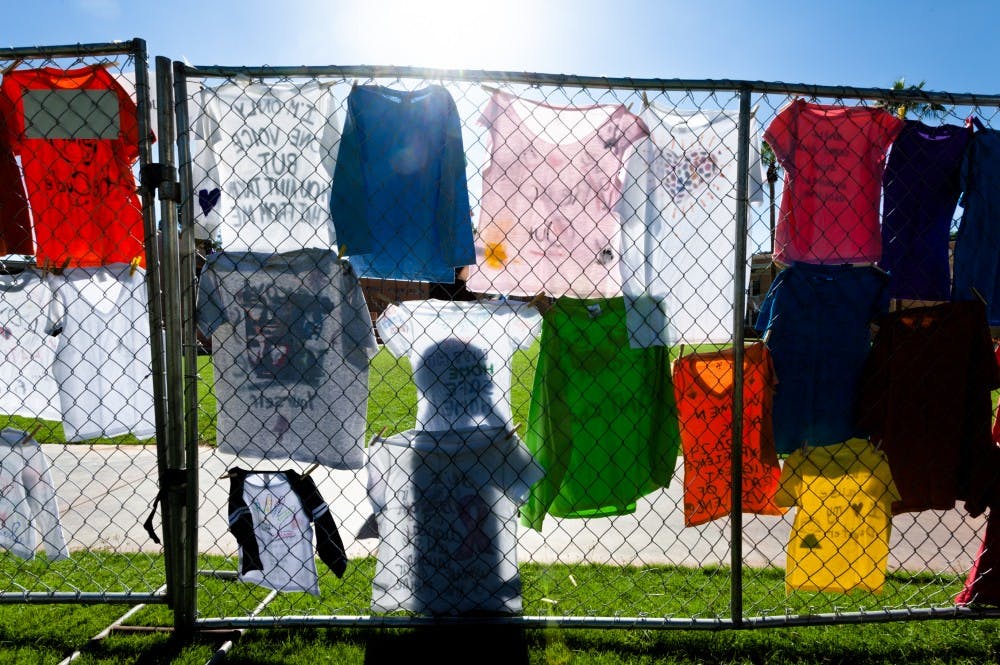October is Domestic Violence Awareness Month, a time for the public to get informed on an issue that affects men and women all over the world. Here are some facts about domestic violence to learn before the end of the month.
What is domestic violence?
According to the Arizona Department of Health Services, domestic violence is "the willful intimidation, physical assault, and/or other abusive behavior perpetrated by an intimate partner against another." Domestic violence is an issue that affects an estimated 1.3 million women annually.
Why is DVAM in October?
According to the National Coalition Against Domestic Violence, DVAM grew from the "Day of Unity" in October 1981. The Day of Unity was intended to bring awareness and work to end violence against women and their children. The day was eventually extended to a week and promoted nationally.
The first DVAM was observed in October 1987 and the first national domestic violence hotline was established. The U.S. Congress passed law 101-112 which designated October as DVAM in 1989. Each first Monday of DVAM, the Day of Unity is celebrated.
Why the color purple?
During DVAM, people can wear purple to show their support for the movement. The color symbolizes peace, honor, survival, courage and dedication to ending domestic violence.
A few facts about domestic violence
- 27 percent of women and 12 percent of men are victims of domestic violence
- According to the latest statistics, 89 Arizonans have died as a result of domestic violence this year
- One or more Arizona children witness domestic violence every 44 minutes
- Domestic violence results in more than 18.5 million health care visits yearly
ASU and DVAM
This year, ASU encouraged students and staff to wear purple to help highlight DVAM. The ASU Police Department launched a website about DVAM which details its commitment to helping prevent domestic violence. To encourage the reporting of misconduct, ASU staff and faculty are required participate in online training. Last year, 35,000 students participated in an online "Respect and Consent" course, which dealt with domestic violence and encouraged honest and healthy relationships.
The ASU Educational Outreach and Student Services office constructed an ASU Wellness web page that discusses healthy relationships.
ASU also provides help through counseling services, ASU Office of Student rights and responsibilities, ASU hotline and several other resources.
How you can report domestic violence
If you know someone who has experienced domestic violence or have witnessed it, you can help by encouraging a victim to seek out help.
There are several resources for victims and witnesses of domestic violence. Listed below are a few resources provided by ASU and Maricopa County.
Emergency situations: 9-1-1
Tempe Campus: (480) 965-1972
West Campus: (602) 543-3456
Polytechnic Campus: (480) 727-3456
Downtown Phoenix Campus: (602) 495-1500
Tempe Coalition Against Domestic Violence: (602) 279-2900
Domestic Violence STOP Program: (480) 969-4024
Adult Protective Services: (602) 542-4446
Related Links:
ASU Army ROTC members run in heels to support sexual assault awareness month
ASU strives to bring awareness to students about domestic violence
Reach the reporter at anicla@asu.edu or follow @AndrewNiclaASU on Twitter
Like The State Press on Facebook and follow @statepress on Twitter.




